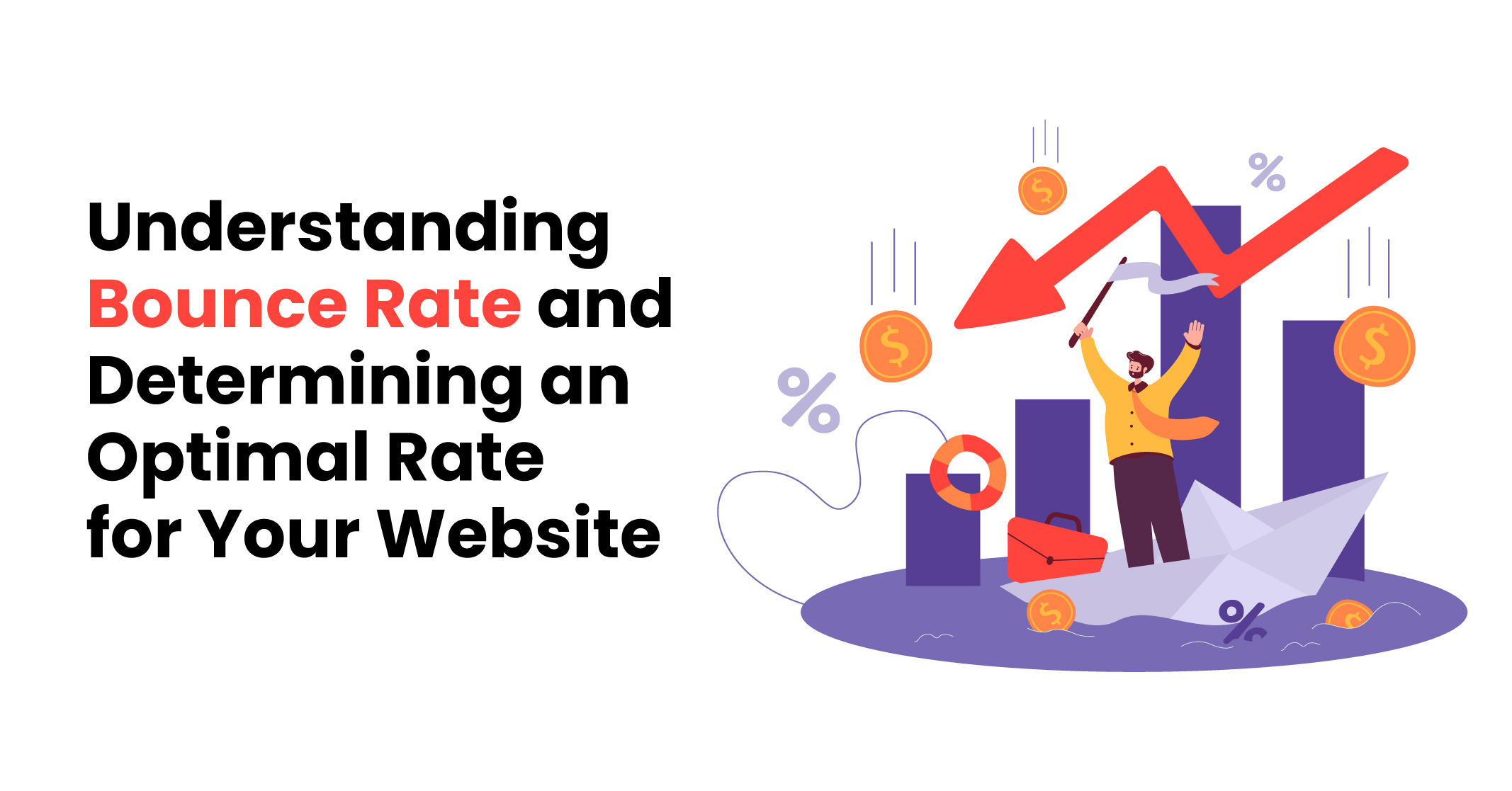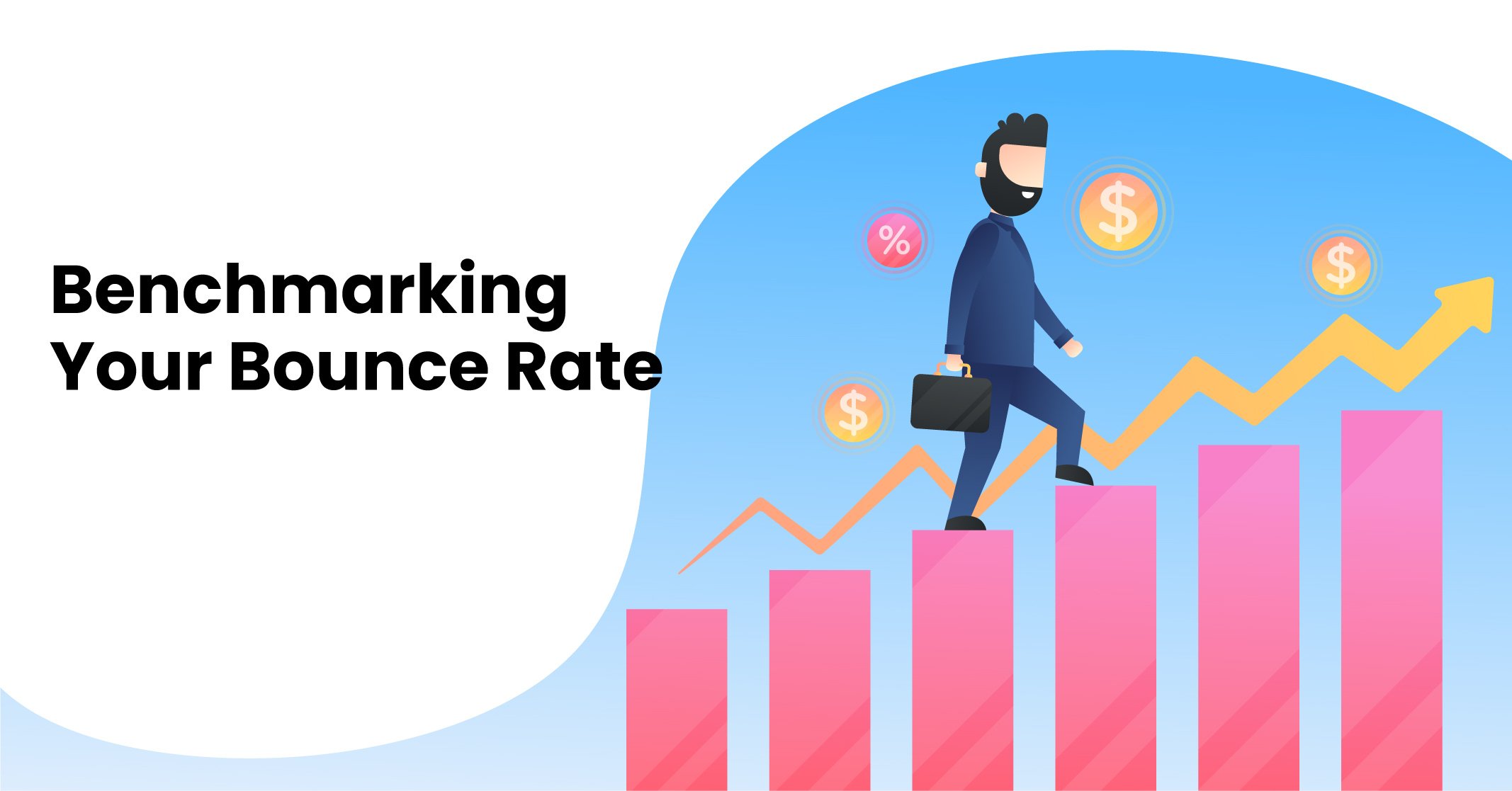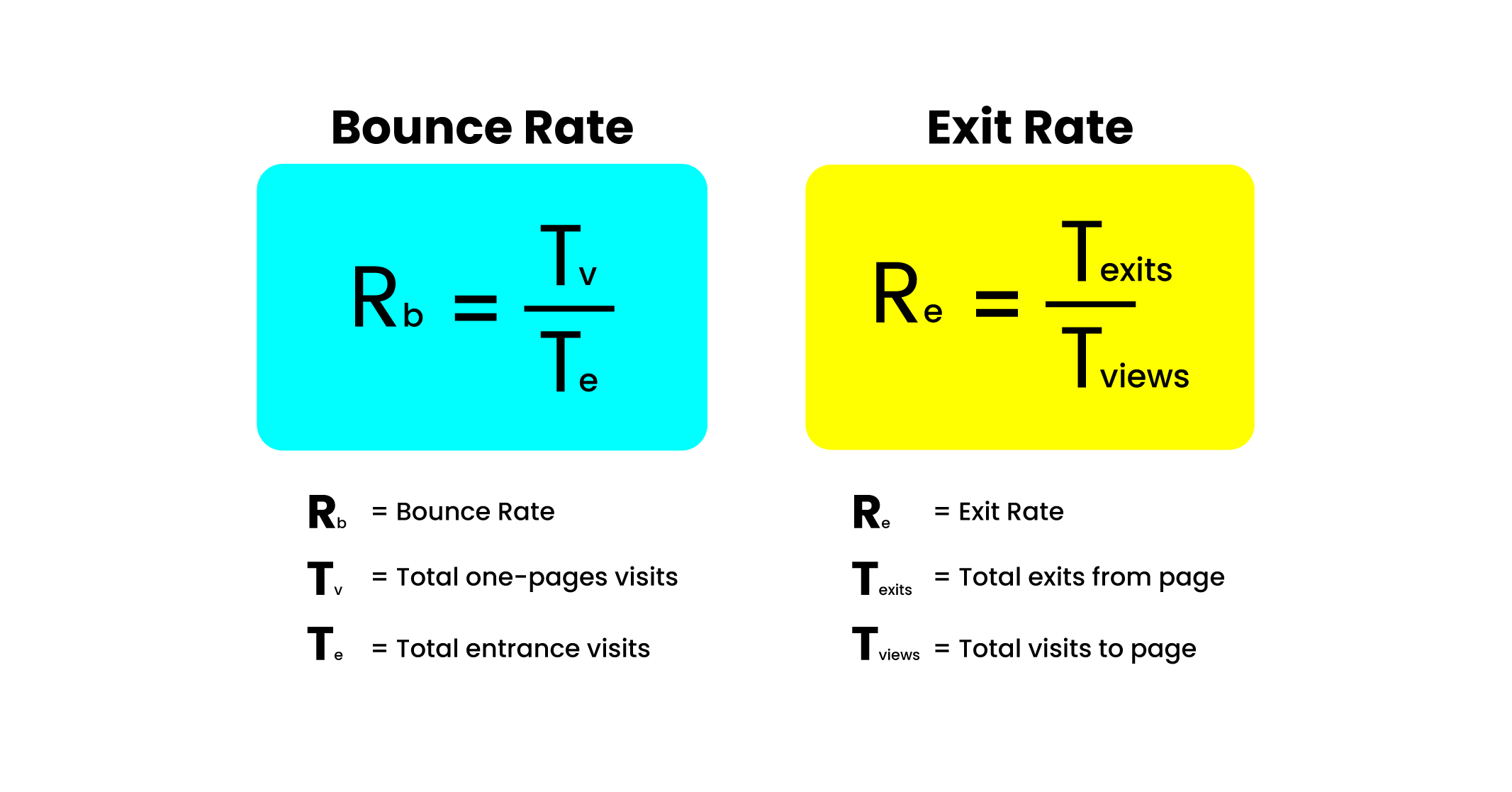I hope you enjoy reading this blog post.
If you want to get more traffic, Contact Us

Click Here - Free 30-Minute Strategy Session
Be quick! FREE spots are almost gone for this Month. Free Quote

As online marketers and website owners, we all strive to attract and retain visitors to our websites. However, simply getting people to click through to our pages isn’t enough; we also need to engage them once they’re there.
This is where bounce rate comes in – it’s a key metric that measures the percentage of visitors who leave your website after viewing only one page. High bounce rates can be a red flag, indicating that your website’s content, design, or user experience may be turning people off.

Click Here – Free 30-Minute Strategy Session
Be quick! FREE spots are almost gone for this Month
At Traffic Radius, we know how important it is to optimize the bounce rate of website for better SEO and user engagement. In this blog, we’ll explore what bounce rate is, why it matters, and how you can analyse and improve it to keep visitors on your site and achieve your online goals.
Bounce rate refers to the proportion of website visitors who exit a webpage without taking any specific action, such as clicking on a link, making a purchase, filling out a form, or spending a certain amount of time on the site. In other words, they “bounce” away from the page as soon as they land on it.
Understanding bounce rate is crucial for website owners and digital marketers who want to optimize their site’s user experience and engagement. So, let’s dive into this essential metric and explore how it impacts your website’s performance.

Bounce rates are not set in stone, and can vary depending on a variety of factors, including industry, traffic source, and landing page. Context is key when assessing your website’s bounce rate, and it’s important to compare your rate to those of your competitors.
On average, most websites have bounce rates between 26% and 70%, but this varies widely depending on the type of site. E-commerce and retail sites typically have bounce rates of 20% to 45%, while landing pages can have rates as high as 60% to 90%. Bounce rates also vary by traffic source, with direct traffic having the highest rate of nearly 50%, and email traffic having the lowest rate of around 35%.
Understanding your website’s bounce rate and how it compares to industry benchmarks can help you make data-driven decisions to improve user engagement and ultimately boost your online success.
Learn More: Tips for Optimizing Your E-commerce Funnel
While bounce rate is not a direct Google Analytics ranking factor, it’s still an important metric for website owners and digital marketers to monitor. A high bounce rate can indicate problems with other critical SEO factors, such as slow loading speed, low-quality webpage design, keyword mismatches, and poor mobile optimization.
By addressing these underlying issues, you can improve your website’s user experience and engagement, which can ultimately lead to better search engine rankings. Furthermore, a lower bounce rate often signals that your content is engaging or valuable to visitors, which is a crucial factor for Google and other search engines. So, even though bounce rate may not have a direct impact on rankings, it’s still a metric that should not be ignored.

Exit rate and bounce rate are both important metrics that provide insight into how visitors are engaging with your website. Exit rate refers to the percentage of people who leave a particular page after visiting any number of pages on your website.
For instance, if a visitor reads an article on your blog, clicks on an internal link to another article, and then closes their browser after reading the second article, it will increase the exit rate of that page.
Bounce rate, on the other hand, measures the percentage of people who land on a page and leave that same page without performing any specific action.
For example, if a visitor lands on an article on your blog and leaves seconds later without clicking on anything, it will increase the bounce rate of that page. It’s important to note that while all bounces are exits, not all exits are bounces.
Understanding the difference between exit rate and bounce rate is crucial for optimizing your website’s user experience. A high exit rate on a particular page may indicate that there are issues with the content or user flow on that page.
By contrast, a high bounce rate suggests that visitors are not finding what they are looking for on the page or are experiencing other issues such as slow load times or poor mobile optimization.
By analysing both metrics and identifying the underlying issues, you can make improvements to your website that will help keep visitors engaged and reduce the likelihood of them leaving your site prematurely.
Google Analytics offers two data collection technologies – Universal Analytics and GA4. While both measure bounce rates, they do it differently.
In Universal Analytics, a bounce is recorded when a visitor lands on your page, spends some time on it and leaves without interacting with the page. But in the GA4 bounce rate, a session is only considered a bounce if it is not an engaged session. An engagement session can be defined as a visit that lasts 10 seconds or longer, includes one or more conversion events, or has two or more page views.
It’s essential to understand this distinction, as Google will be phasing out Universal Analytics by July 1, 2024.

Regardless of the data collection technology you use, the bottom line remains the same – bounce rate measures user engagement. Ideally, you want visitors to land on your page and perform some action, even if it’s just browsing around. A high bounce rate may indicate that your page has issues with content, layout, copywriting or user experience.
So, if you want to improve user engagement on your website, analysing your bounce rate with GA4 can help you identify areas of improvement. Remember, user engagement is crucial for your website’s success and measuring your bounce rate is one way to monitor it.
Learn More: Tips to Avoid Duplicate Conversions in GA4

How to Check Bounce Rate in Universal Analytics
Bounce rate is a crucial metric for measuring user engagement on your website. It helps you identify pages that need improvement and make data-driven decisions to improve your site’s overall performance. Checking your bounce rate in Universal Analytics is simple:
By excluding high-bounce-rate pages, you can get a better understanding of how your other pages are performing.
How to Check Bounce Rate in GA4
GA4 has a different definition of bounce rate than Universal Analytics. It considers a session to be engaged if it lasts 10 seconds or longer, has one or more conversion events, or has two or more page views. To check your bounce rate in GA4, follow these steps:
While GA4’s approach to measuring bounce rate differs from Universal Analytics, both tools provide valuable insights into user behaviour on your website. By regularly monitoring your bounce rate, you can make data-driven decisions to improve your site’s user experience and overall performance.
These are excellent tips for improving user experience and engagement on your website. By following them, you can reduce bounce rates, increase conversions, and improve your website’s overall performance. The tips are:
By focusing on these six areas, you can make significant improvements to your website’s user experience and engagement.
Here are some articles that Traffic Radius can explore to enhance their knowledge of website analytics and optimization:

LEAVE A REPLY